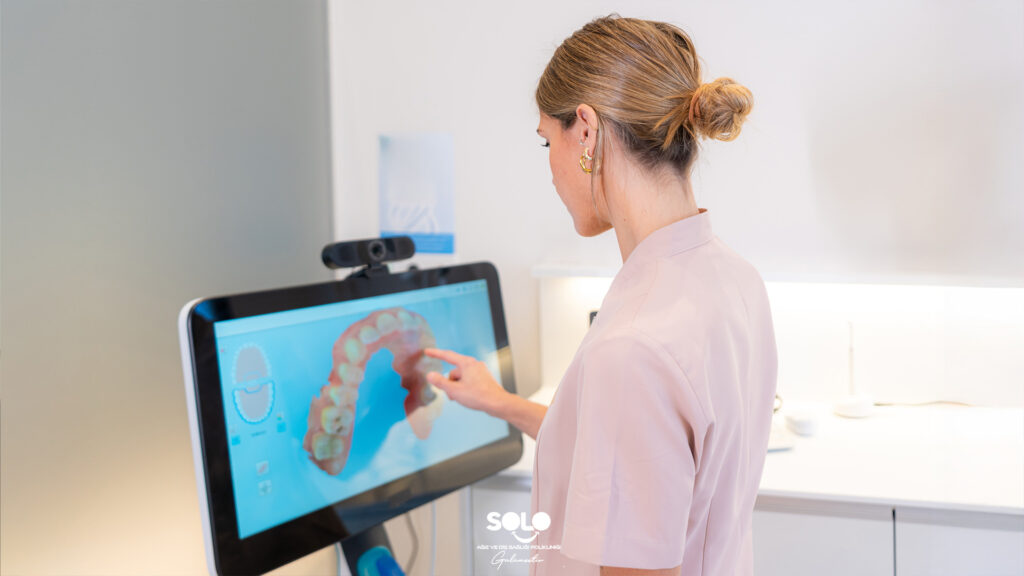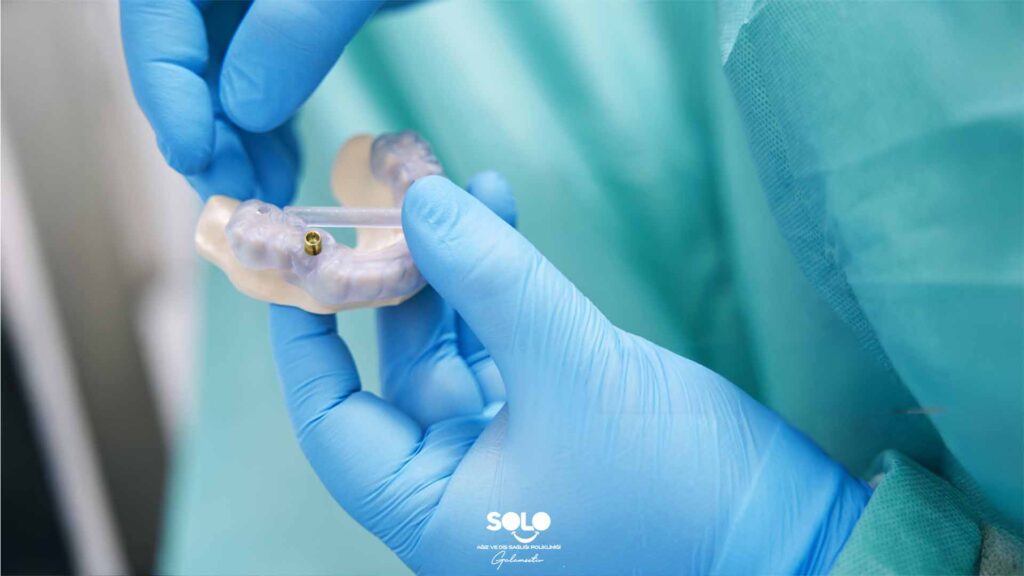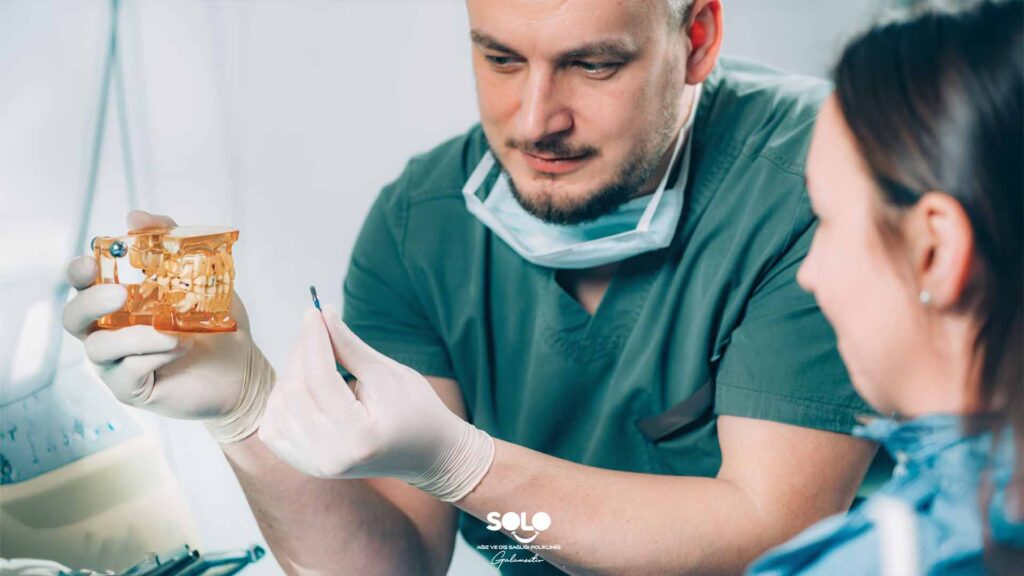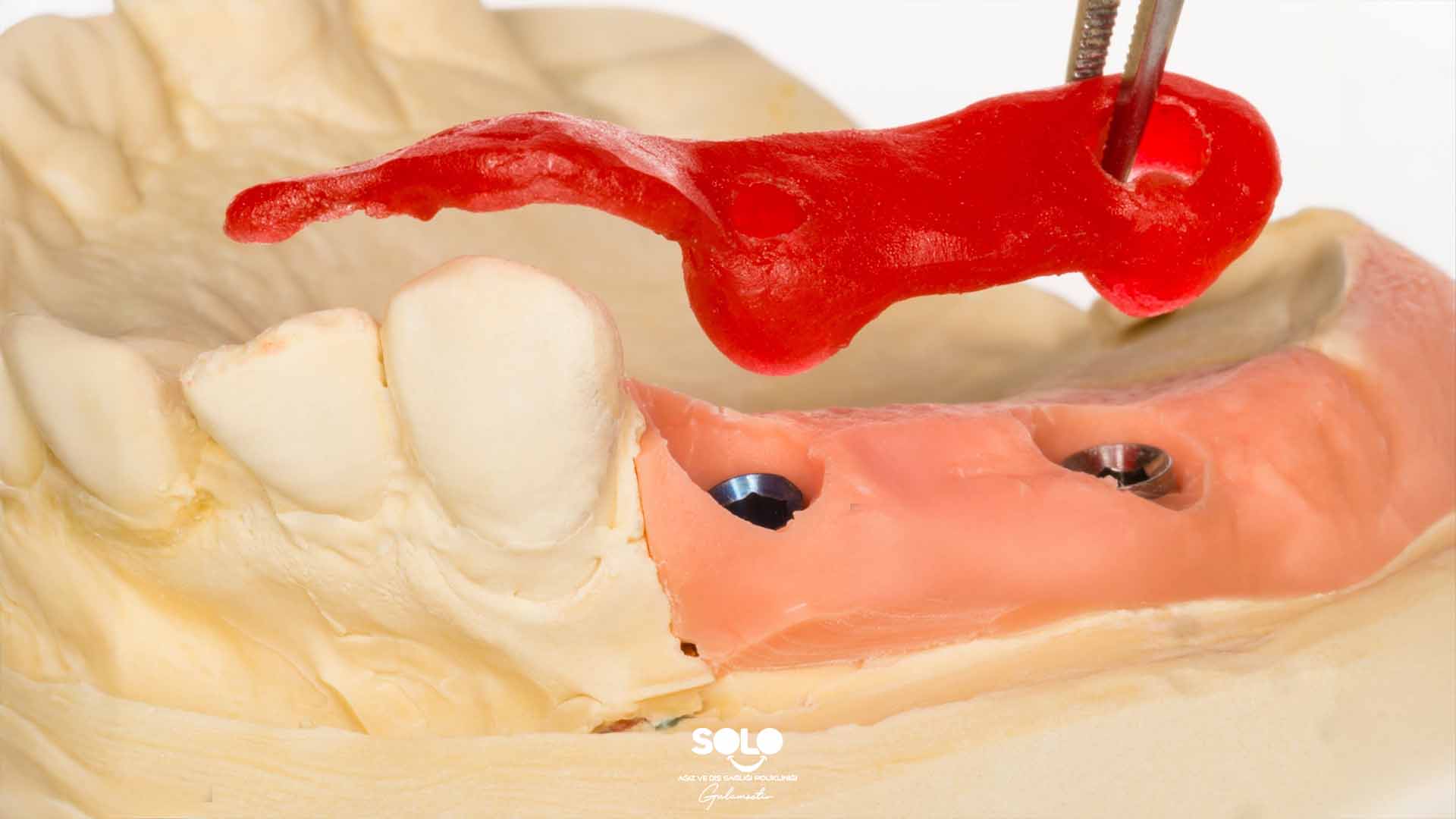What is a Surgical Guide?
The impact of digital technologies in healthcare is becoming increasingly evident. Digital solutions provide significant convenience for both physicians and patients, particularly in treatment processes requiring high precision. Dentistry and implantology are among the fields that have benefited most from this technological transformation. Thanks to digital innovations in treatment planning, procedures can be performed faster, safer, and with much greater success.
At the heart of these innovations are “Surgical Guide” systems. Also known as “Surgical Template” in Turkish, this technology is considered a revolutionary step in implant applications. Integrated with technologies such as three-dimensional imaging and computer-aided design (CAD/CAM), guide systems enable the precise placement of the implant in the bone to be planned in advance and the surgery to be carried out in accordance with this plan.
Surgical Guide
A surgical guide is a guide template digitally designed specifically for the patient’s oral and jaw structure and produced using 3D printing technology. The primary purpose of this template is to ensure that delicate surgical procedures, such as implant placement, are performed in the correct predetermined position, at the ideal angle, and at the desired depth. Offering significantly greater precision than traditional methods, the guide system makes the treatment process more controlled and predictable.
The first step in preparing the guide is a detailed analysis of the patient’s oral condition and jawbone structure. This analysis is typically performed using advanced imaging techniques such as digital oral scanners, panoramic X-rays, and 3D tomography. The obtained data is processed in a virtual environment using specialized software, and the ideal implant placement location is digitally planned. A patient-specific surgical template is then created based on this plan.

This template allows the surgeon to place the implant precisely at the designated location during the procedure. This reduces both operating time and minimizes the margin of error. This technology is particularly crucial for patients with limited jawbone density or complex anatomies. Furthermore, surgical guidance allows for extremely natural and symmetrical results in implant placement in aesthetic areas.
How is a Surgical Guide Prepared?
Surgical guide production consists of several basic steps requiring high precision, and each step is supported by the capabilities offered by digital technologies. The process begins with a detailed examination of the patient’s oral cavity. During this stage, advanced imaging techniques such as panoramic X-rays and cone-beam computed tomography (CBCT) are used to clearly define the jawbone structure, nerve channels, and anatomical details. These images are then transferred to specialized computer software to initiate the digital planning process.
In this digital environment, the position, angle, and depth of implant placement are determined with millimeter precision. Furthermore, the gum level, the position of adjacent teeth, aesthetic expectations, and the condition of the nerve tissue are carefully evaluated to create the ideal plan. Once the planning is complete, a patient-specific surgical guide is produced using 3D printers based on this data. The guide template is designed to fit perfectly within the mouth and features guide holes that indicate the exact implant placement points. This allows the surgeon to execute the procedure as planned with great precision, increasing treatment success and reducing surgery time, providing a more comfortable experience for the patient.

How to Use a Surgical Guide?
On the day of surgery, a pre-prepared surgical guide is carefully placed in the patient’s mouth. This special template allows the implants to be placed at the exact locations, angles, and depths planned digitally. This allows the surgeon to perform the procedure with great precision, without any deviations. In some cases, this procedure can be performed flapless, meaning without incising the gums. This method not only shortens the surgery but also provides a much more comfortable and rapid recovery. The precision and practicality offered by the surgical guide are particularly advantageous for implant placement in sensitive areas.
Surgical Guide Advantages
Surgical guide systems offer many significant advantages for both the patient and the surgeon, making implant treatments much safer, faster, and more comfortable. One of the greatest benefits is that they ensure implants are placed at the exact angle, location, and depth planned, minimizing serious risks such as nerve damage or inadequate bone support. Furthermore, because all planning is done digitally in advance, surgery time is significantly shorter, allowing the surgeon to focus solely on the application. Surgical guides often allow flapless procedures, meaning no sutures or opening of the gums, resulting in less pain and swelling for the patient and a faster recovery.
It also offers significant aesthetic advantages because the planning process takes into account factors such as tooth shape, smile aesthetics, and harmony with adjacent teeth, resulting in an exceptionally natural appearance, especially in the anterior region. A surgical guide provides significant convenience to the surgeon; even in complex cases, it acts as a guiding template, reducing the margin of error and making the treatment process much more controlled.
In Which Situations Are Surgical Guides Used?
A surgical guide is particularly preferred in the following situations:
- When implants are to be placed near critical nerves in the jawbone
- When multiple implants are required
- In aesthetic areas where the angle and depth of the implant are crucial
- In sensitive areas where bone is limited
- In implant applications planned in conjunction with a complete denture in edentulous patients

Can a Surgical Guide Be Applied to Every Patient?
While a surgical guide can be used on almost every patient, certain criteria must be met:
- Clear imaging must be possible with 3D tomography.
- The patient’s mouth must be open sufficiently.
- There must be sufficient anatomical references to which the template can be fixed.
It should also be noted that guide planning and fabrication require additional time and cost. However, considering the comfort and success rate it offers, this investment is often well worth the investment.
Difference Between Surgical Guide and Traditional Methods
| Feature | Surgical Guide | Traditional Method |
|---|---|---|
| Planning | Digital, precise | Manual, experience-based |
| Duration | Shorter | Longer |
| Pain/Swelling | Minimal | Moderate/Severe |
| Success Rate | Higher | Depends on the operator |
| Aesthetic Outcome | More controlled | Variable |

